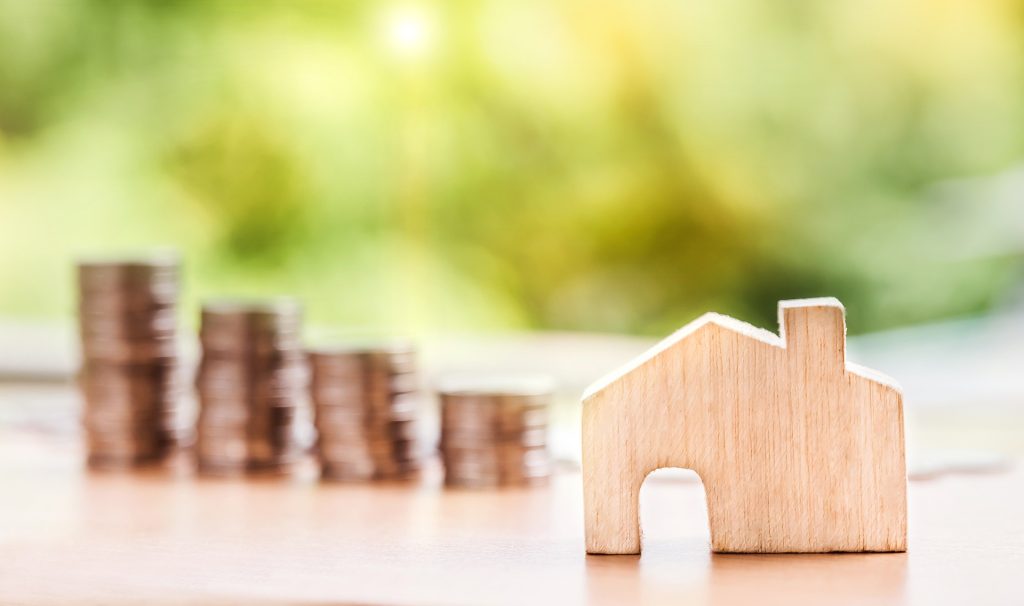What is the difference between good debt and bad debt? Debt is debt right?
Wrong. There is a big difference between good debt and bad debt. Good debt is investments that will grow in value over time, such as real estate or a business venture. Bad debt, on the other hand, is money that you borrow that will never increase in value, such as credit card debt or a payday loan.
Good debt can help you build wealth, while bad debt can only make you poorer. So it’s important to understand the difference between the two before you borrow any money.

Here are some other key differences between good and bad debt:
Good Debt
Good debt is usually used to finance something that will appreciate in value, such as a home or an education. Bad debt is often used to finance something that will depreciate in value, such as a new car or a vacation.
Good debt typically has lower interest rates than bad debt. This means you’ll pay less in interest over time if you have good debt.
Good debt is often tax-deductible, while bad debt is not. This means you can save money on your taxes by investing in something with good debt.
Bad Debt
Bad debt can be difficult or impossible to get rid of, while good debt can be easily paid off over time.
Bad debt is generally considered to be any type of borrowing
Good Debts Are:
– Mortgages
– Business loans
– Investment loans
– Student loans (if used for education)
Bad Debts Are:
– Credit cards
– Payday loans
– Personal loans with high interest rates
– Car loans
– Student loans
Example of Good debt VS Bad debt
For example, let’s say you have $10,000 in credit card debt with an interest rate of 20%. If you only make the minimum payment each month, it will take you over 25 years to pay off the debt and you will end up paying more than $26,000 in interest.
Now let’s say you have a $10,000 mortgage with an interest rate of 4%. If you make the same minimum payment each month, it will take you just over 19 years to pay off the debt and you will end up paying less than $5,000 in interest.
As you can see, the difference in interest rates can have a big impact on how quickly you can pay off your debt. Good debt has lower interest rates.
Conclusion
It’s important to remember that all debt is not bad. In fact, some debt can be very good for you. It’s only when you use debt to finance something that will never appreciate in value that it becomes a problem.
If you’re considering taking on any kind of debt, make sure you understand the difference between good and bad debt before you do. It could save you a lot of money and heartache in the long run.
Related Articles

The 5 Essentials for Building Lasting Wealth
Discover the essential steps for building lasting wealth in our comprehensive guide. Learn about financial education, goal setting, smart investing, disciplined saving, and adaptability. Start your journey towards a financially secure future today!

Diversifying Your Revenue Streams: A Guide to Creating Multiple Sources of Income
Discover the ultimate guide to creating multiple sources of income! Learn how to leverage your skills, passions, and investments to build a resilient financial future. Explore freelancing, side businesses, investments, and more for a diverse portfolio of income streams.

Unveiling the Wealth Secrets: What the Top 1% Do Differently When It Comes to Money
Unlocking Wealth Secrets: Discover how the top 1% approach money differently. Learn their strategies for success in goal-setting, risk-taking, multiple income streams, and more. Start your journey toward financial excellence.
